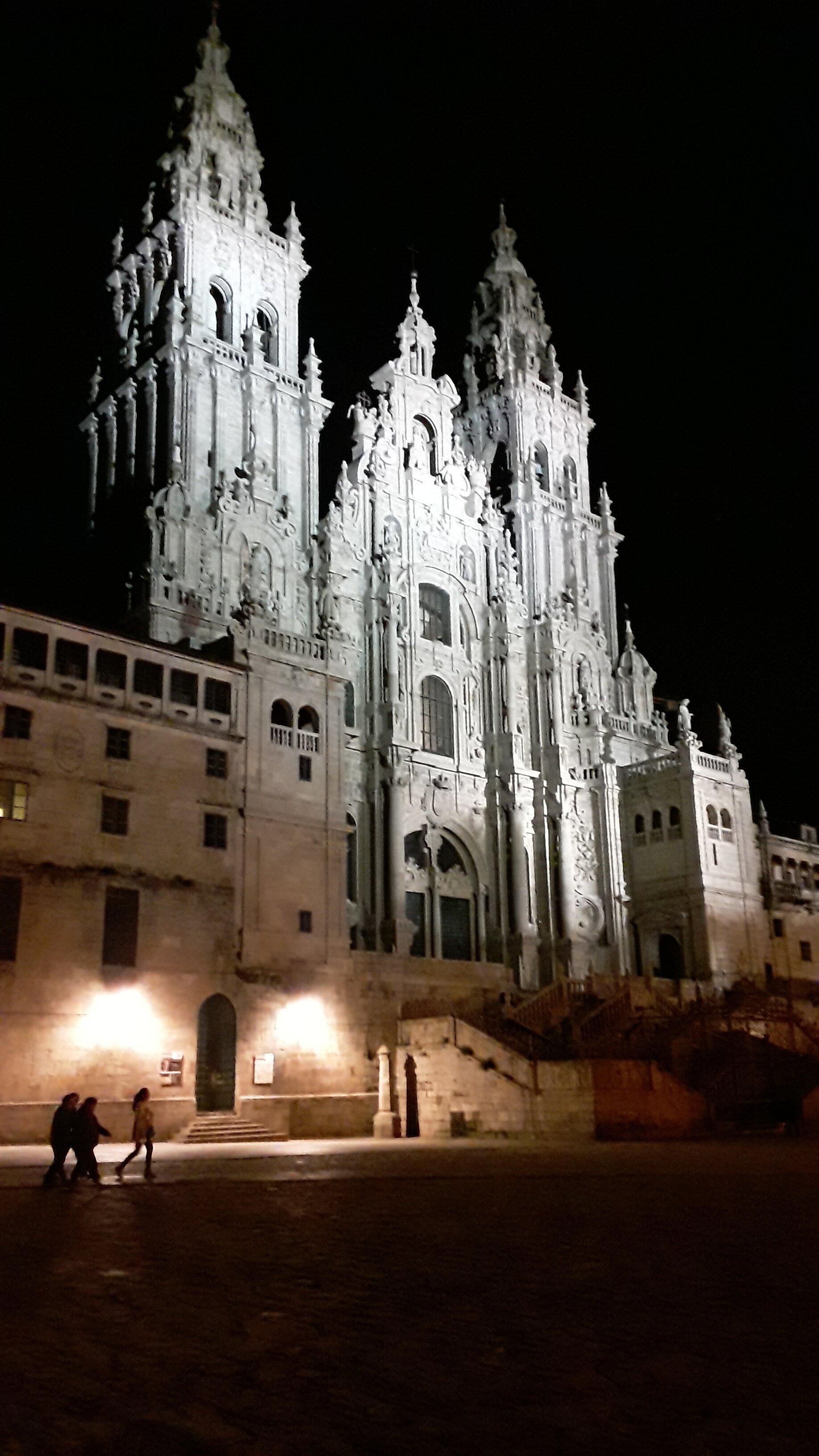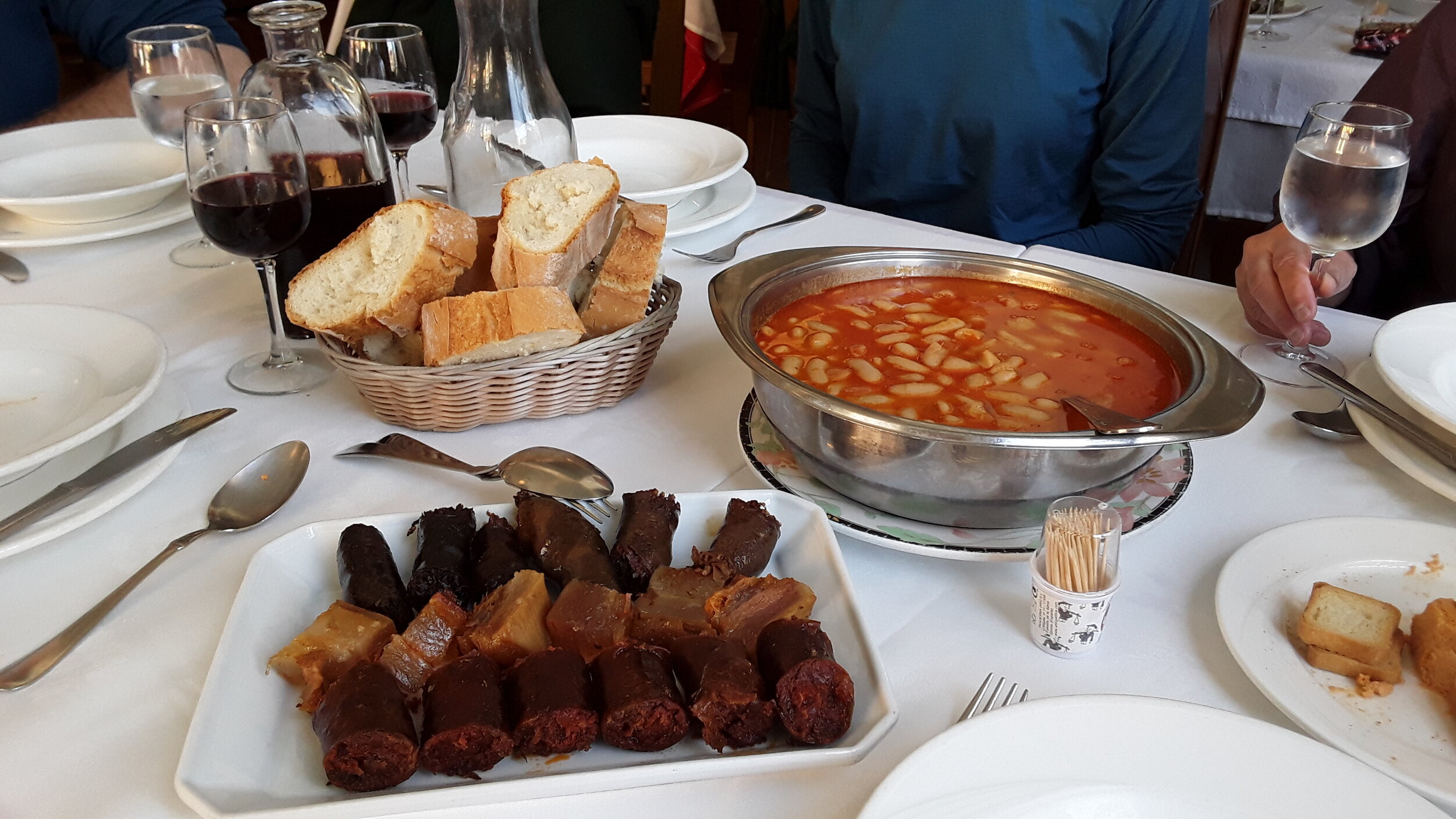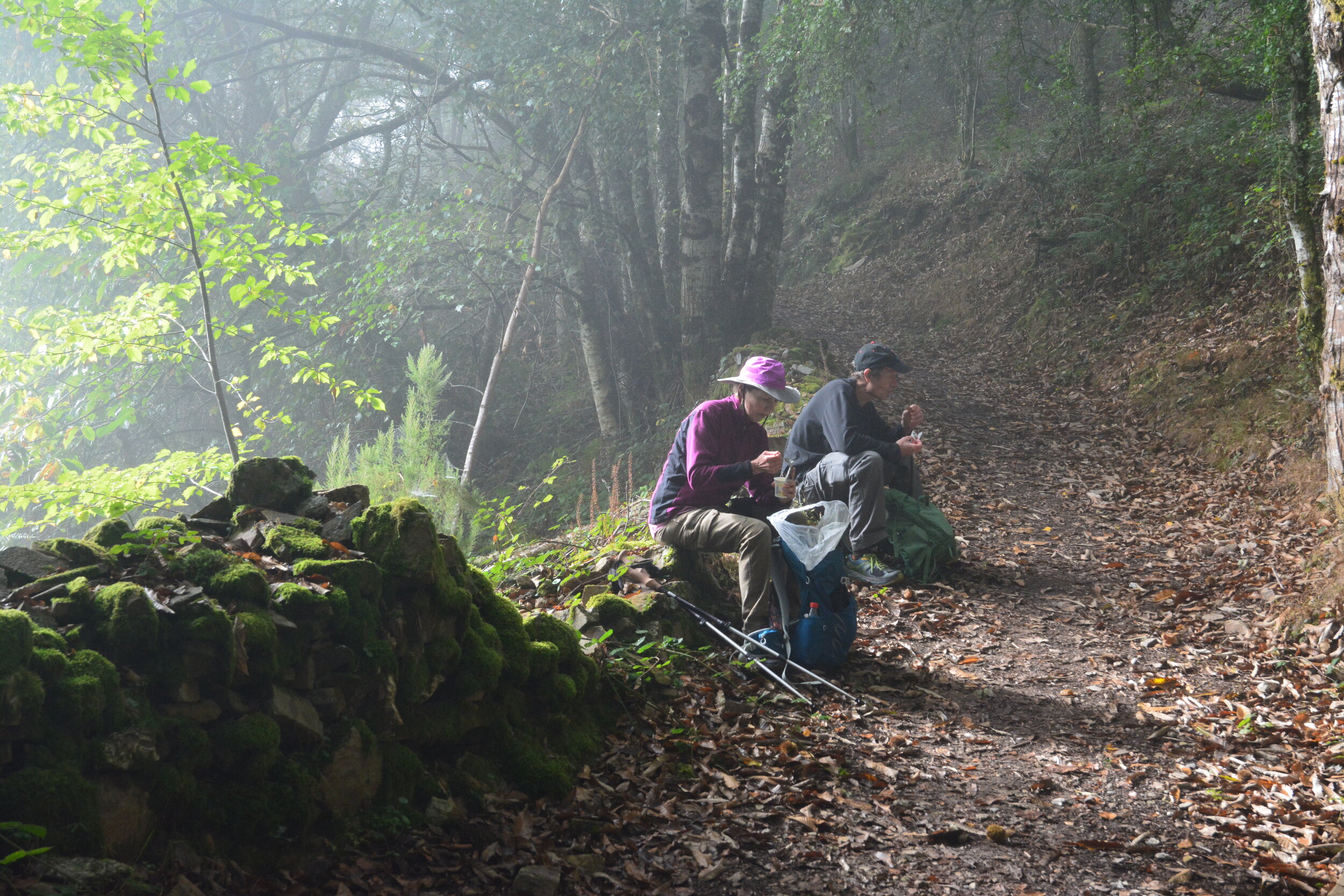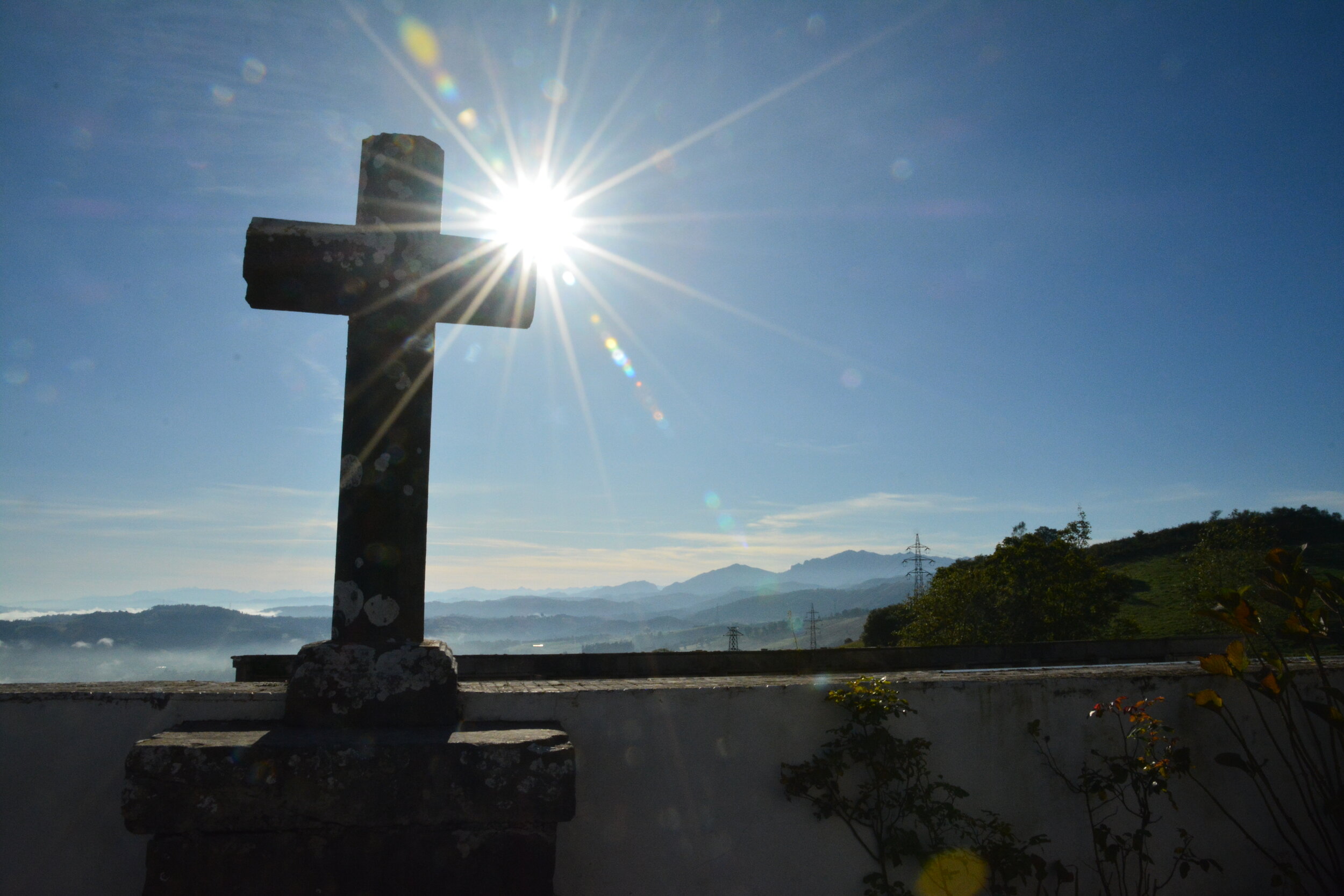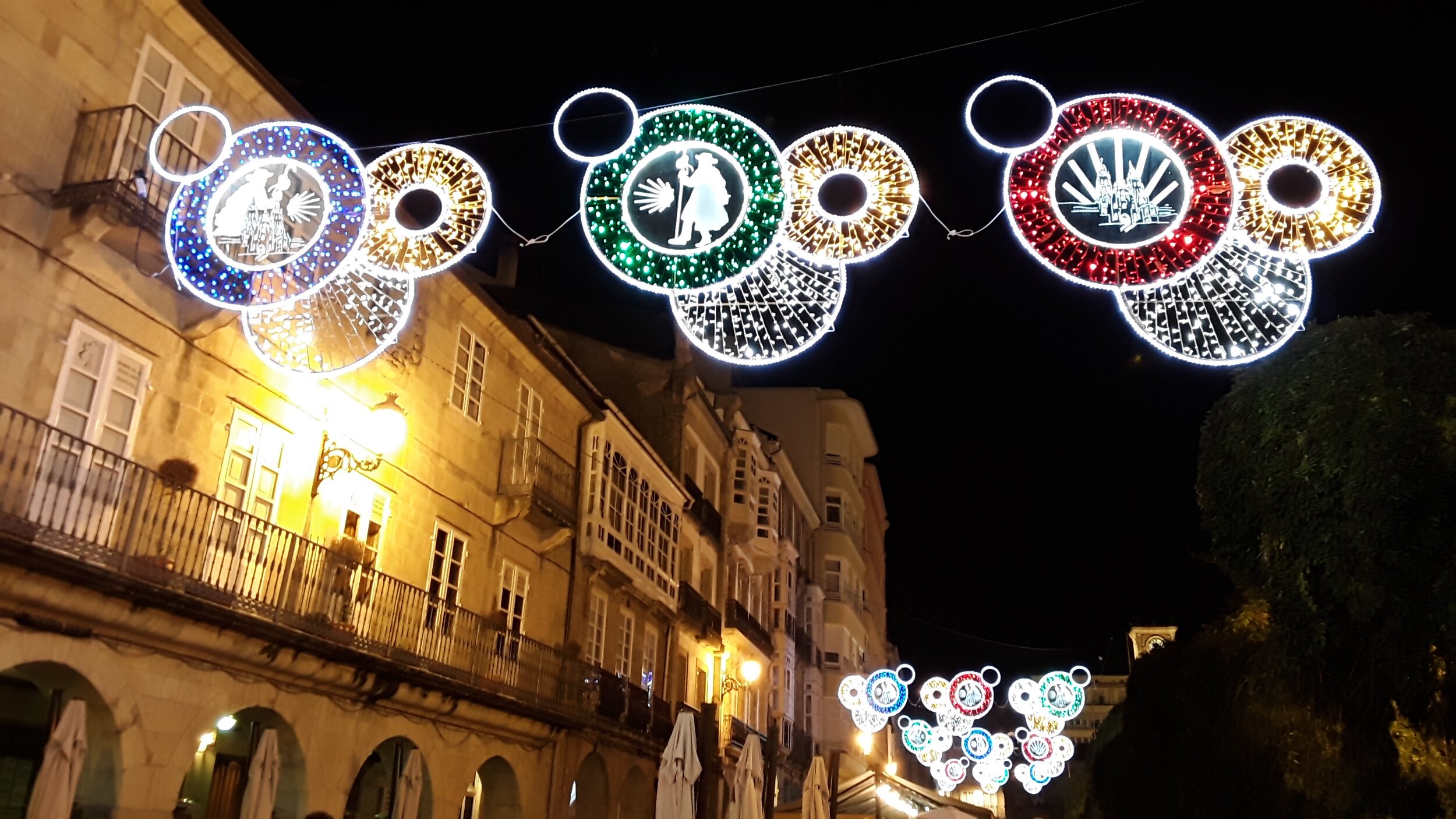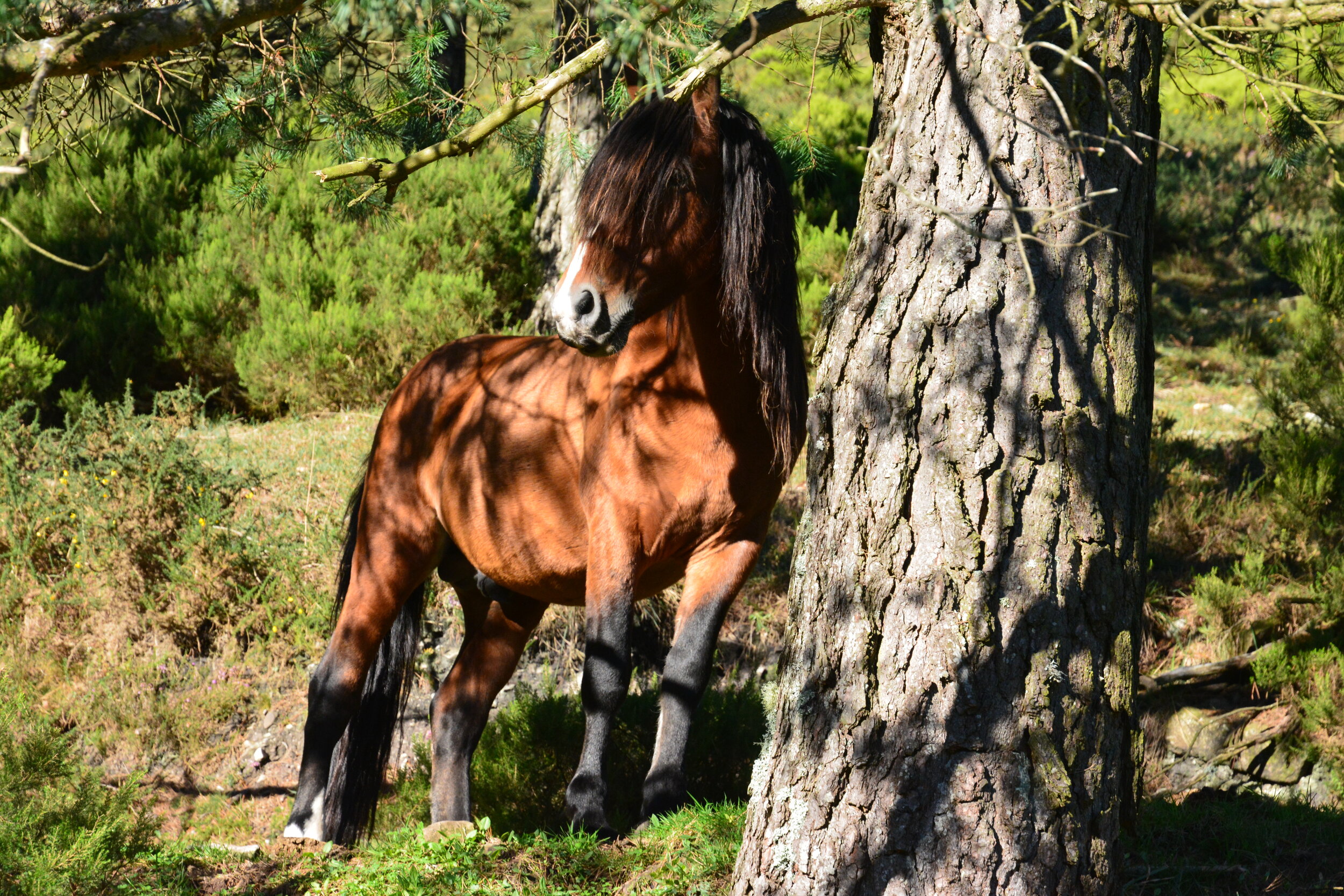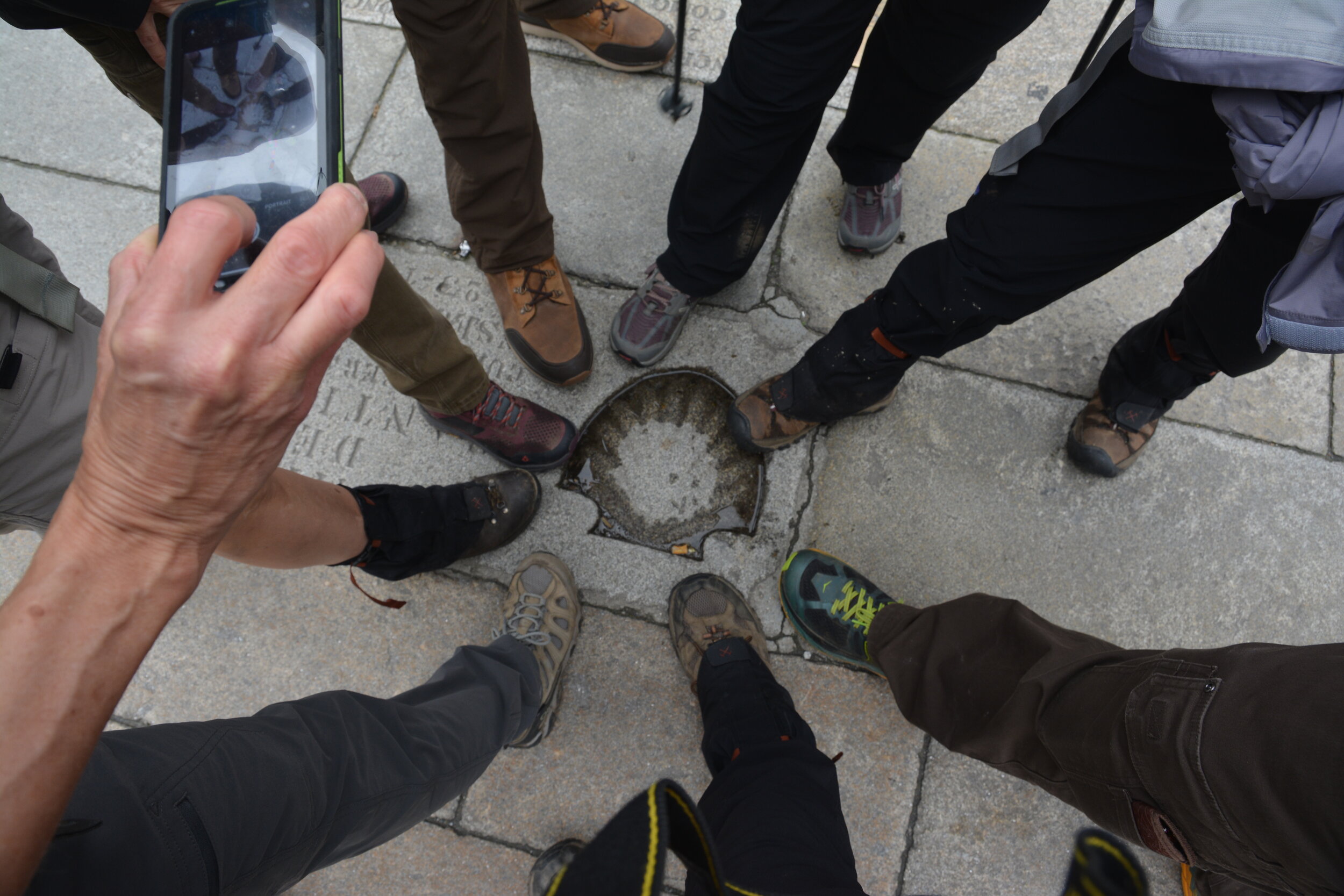Walking the Camino Primitivo by Craig Doser
Wine glasses clinked as we toasted a fantastic day of hiking on Spain’s Camino Primitivo. It had been another fabulous day of stunning vistas, quaint villages, lush pastures, and mountains as we climbed and descended a series of ridges and made our way to our next guest house along the Camino. Our group of eight people were taking two and a half weeks to walk the 200-mile Camino Primitivo route of the Camino de Santiago, a Catholic pilgrimage that has existed for more than a thousand years. The route ends in Santiago de Compostela where the remains of St. James are held at the cathedral.
Our mornings each day started in the darkness packing our bags, eating breakfast, adjusting footwear one final time and heading out the door for the day’s hike. The hiking distances varied, depending upon the location of the small towns along the route. Our shortest day was about ten miles of walking, while the longest came in at eighteen miles. The trails were comprised of single-track mountain trails, rural farm access roads, and at times the edges of paved highways. Of these, the farm roads were the most common, which allowed us to walk side by side and carry on conversations for mile after mile while soaking up the scenery.
And the scenery was phenomenal! Overnight the fog rolled into the valleys shrouding the villages and fields in mystery. In the morning, bells on the necks of the cows would break the stillness in their own bovine pasture melody. Creeks flowed down the hillsides adding their murmurs to the morning cacophony. As we would climb the sides of the hills, we would crest above the fog to see the sun reflecting amber rays upon the wistful tops of the clouds. That same daylight would reveal patchwork quilts made up of small fields of corn, pumpkins, and hay surrounded by wooded fencerows that clung to the sides of the mountains. Each would slowly appear out of the shadows to decorate the hillsides. Many of the ridgetops would be painted with stately white wind turbines, each reflecting the morning light as the blades slowly rotated. These 21st century wind generators provided a dramatic contrast between modern and ancient Spain. Each ridgetop exposed a breathtaking 360-degree panorama from whence we came and to where we would go.
Ancient chapels, churches, farms, and villages dotted the landscape. Most of these were at least several hundred years old. Some abandoned, some used; but all hinted at the long history of mankind eking a living from the land. We saw hay still being cut by hand, and pumpkin fields that were so steep that stakes were driven in the ground to keep the pumpkins from rolling away.
The countryside even in October was green. Really green! My previous travels to Southern Spain made me think in advance in terms of olive groves and sand colors. However, in Asturias and Galicia, the portions of Spain in which we traveled, there were the luxuriant green landscapes that I think of in France or Germany.
But as any Alaskan knows, you cannot have green without rain. We had incredible, sunny weather for most of our Camino walk. However, the rains did find us as we approached Santiago. The winds too for that matter. By then we were used to the long walks, and the rain added a new dimension to the trip. It also served to increase our admiration for the pilgrims from times past who did not have Gore-Tex to help them out. Additionally, it made hot chocolate and warm soup very attractive as midday snacks!
Which makes me want to write about food. Northern Spain has incredible food! Be it the seafood, the soups and stews, the pastries, the pork, or the wines. Because of all our walking, eating was guilt free the entire trip. I would go again just for this reason! Many of the restaurants offer a “pilgrim’s meal”, which commonly is an economical 3-course all-you-can-eat meal of incredibly savory food.
After two weeks of walking, arriving in Santiago is an emotional experience. The cathedral comes into view a few miles before arrival, heralding the end of the journey. After walking through the city, bagpipes greet us at the cathedral. As all the various Camino routes lead to this point, a few other groups arrive at about the same time. Each reaches the plaza in front of the cathedral for their own celebration and photos of the moment. Whether a person is walking for religious reasons, for a spiritual experience, or just for exercise, arriving in Santiago is a momentous occasion. Among our activities in Santiago we obtain our pilgrimage certificate, attend the pilgrim’s mass, catch up with friends we had met earlier on the Camino, and eat some of the spectacular seafood that Santiago has to offer.
The Camino Primitivo is the “original” Camino route. Although undoubtedly there were earlier travelers, it is best known as the route taken by King Alfonse II in the 9th century from Oviedo to Santiago. These days there are any number of possible Camino routes to Santiago, with the French Way being the most popular. We chose the Primitivo as our Camino route as it represented very rural aspects of Spain, rugged landscapes, and the smallest number of pilgrims of any route.
No matter your religious belief system, walking the Camino Primitivo is an empowering experience. It is the opportunity to meet and reconnect with friends, the ability to live in the moment for a while, the chance to spend time in nature, and the connection with history through food, culture and people. When a person fills their senses with the wonders of the Camino, it leaves him or her with a trip that will last forever!
The Details:
The Camino Primitivo starts in Oviedo and ends in Santiago de Compostela. There are commercial flights, trains and buses to both cities. Our average day of hiking was about 14 miles. The distances often were determined based upon where lodging was available. We had our accommodations all scheduled prior to our arrival. Our trip was a supported trip. This meant that we each left our luggage at the hotel every morning and it was transferred to our next lodging and waiting for us when we arrived later in the day. The system was flawless. We just carried a daypack while hiking. A taxi could be arranged to the next stop for anyone who did not wish to hike on a given day.
We stayed in a combination of hotels and guest houses. All were very nice and very welcoming. Breakfast was usually included with the lodging. We had two scheduled rest days during the trip. Northern Spain gets quite a bit of rain. You must be prepared to walk in the rain. There are over 250,000 pilgrims traveling in all of the various Camino de Santiago routes each year. The Camino Primitivo sees about 5% of that total. However, it is also one of the most rugged routes. Do a lot of hiking ahead of time in preparation for this route. Some basic Spanish skills are helpful for the Camino Primitivo, but not mandatory.Adventures for Alaskans would be happy to help you with a Camino de Santiago trip! For more information, please contact us.
